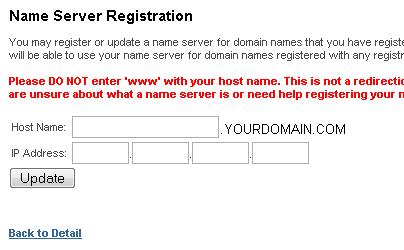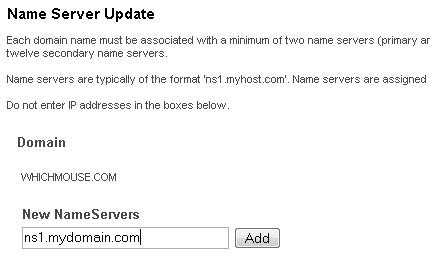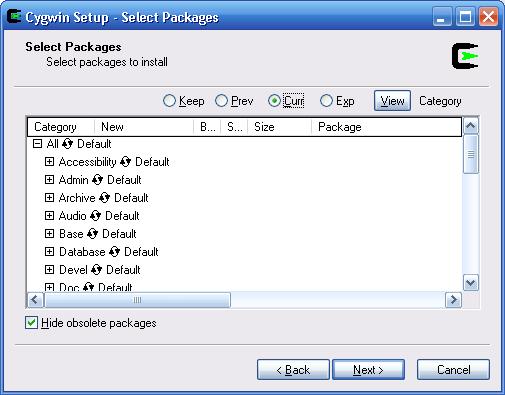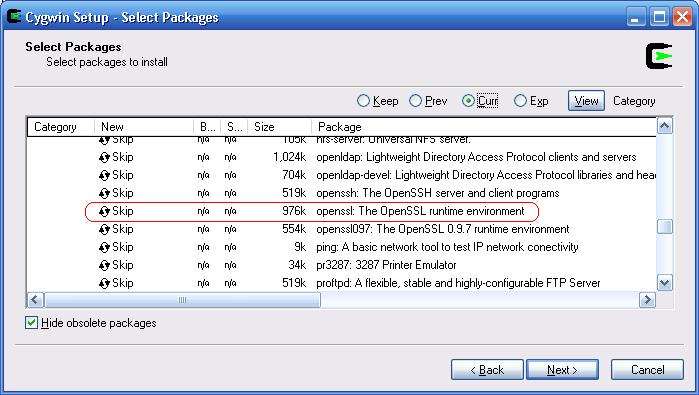My Brother MFC-440CN Scanner/Printer provides ftp access to the memory card inserted in the card reader and also allows you to scan as pdf direct to the memory card. I wanted to use this as a path to move scanned documents onto my DNS-323 NAS without a PC in the loop. To do this I installed fun_plug and setup a cron job on the DNS-323 to move the files on the memory card to a folder on the DNS-323 every 20 seconds. I couldn’t find a package for the standard ftp client so my script uses curl (somewhat crudley) to fetch and delete the files from the MFC-440CN via FTP.
Here are detailed instructions of how I got the this working:
- Install fun_plug (I used the 0.5 version and had my DNS-323 running firmaware 1.08)
- You only need to go as far as step 6 (ssh working & repository)
- I started at step 3, as I already use a static IP for my DNS-323
- Reboot the DNS-323 after fun_plug is isntalled (required to get funpkg working)
- Install CURL, at the prompt type:
cd /ffp/
wget curlpackageurl
wpkg packagename - create a script to copy pdfs from ftp to a directory, by creating a file ‘moveoneftp.sh’ containing the following, However you will need to put your own settings in under ‘#settings vars’:
- Create the file with the follwing under ‘/ffp/start’ called ‘appendcron.sh’ which will add our cron jobs to cron on boot:
#!/bin/sh CRONTXT=/mnt/HD_a2/crontab.txt # start with existing crontab/bin/crontab -l > $CRONTXT # add cron jobs# job every minute to check for scanned file/bin/echo "* * * * * /bin/sh /ffp/moveoneftp.sh;sleep 20;/bin/sh /ffp/moveoneftp.sh;sleep 20;/bin/sh /ffp/moveoneftp.sh;" >> $CRONTXT # install the new crontab/bin/crontab $CRONTXT # clean up/bin/rm $CRONTXT
- Next we need to make our files runnable by chmoding the files we created with ‘a+x’:
chmod a+x /ffp/moveoneftp.sh
chmod a+x /ffp/start/appendcron.sh - Reboot and everything should be working! you can check by running ‘top’ and seeing if the script is running.
#!/bin/sh# this script uses curl to copy the first file in the source ftp folder to the target dir #fix path for funplugexport PATH=/ffp/sbin:/ffp/bin:$PATH #run it regularly with cron to crudely move a ftp's contents#move means copy and then delete - be careful #settings varssource_ftp_site="ftp://192.168.1.18/"source_ftp_dir="BROTHER/"source_ftp_dir_path="$source_ftp_site$source_ftp_dir" target_dir="/mnt/HD_b2/Files/Scan/"file_extension=".PDF" #programgrep_string="w*$file_extension*w" echo The GREP is: $grep_stringecho The Source is: $source_ftp_direcho The Target is: $target_dir #get first file name and process if one foundif file_name=$(curl $source_ftp_dir_path | grep -o -m1 $grep_string)then echo The file is: $file_name #wait for 15 seconds in case the scanner is still writing to the file sleep 15 # now copy the file down from the ftp source file_source="$source_ftp_dir_path$file_name" file_target="$target_dir$(date +"%Y-%m-%d_%H_%M_%S.pdf")" echo The file source is: $file_source echo the file target is: $file_target #copy if curl $file_source -o $file_target then #purge ftp_cmd="DELE $source_ftp_dir$file_name" echo ftp command is: $ftp_cmd curl $source_ftp_site -Q "$ftp_cmd" fifi
References/Thanks:
fun_plug installation on DNS-323 – dns323 wiki – http://wiki.dns323.info/howto:1st_steps
cURL documentation – http://curl.haxx.se/docs/manpage.html#-X–request
How to use grep and only return matched text – http://stackoverflow.com/questions/1546711/grep-show-only-words-that-match-search-pattern (note: use -m1 to return only one/first result)
Cheat sheet for vi (its been a while) – http://www.eec.com/business/vi.html




